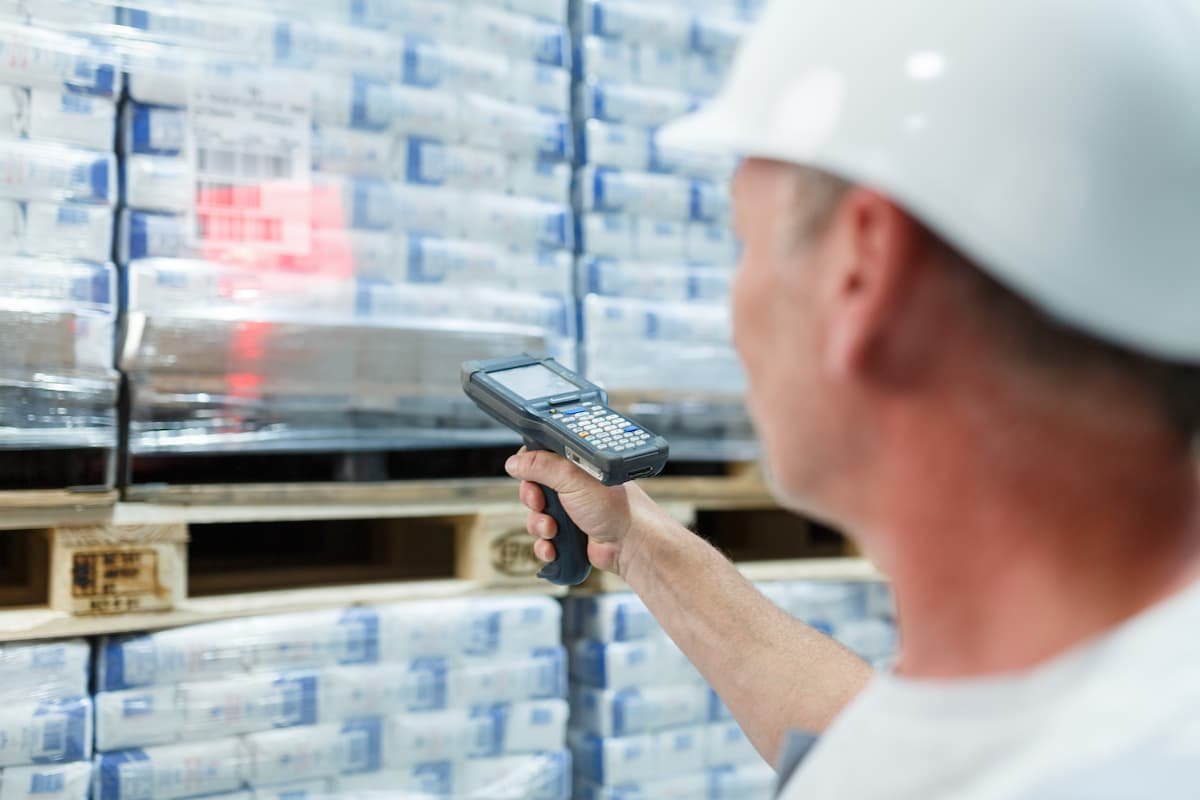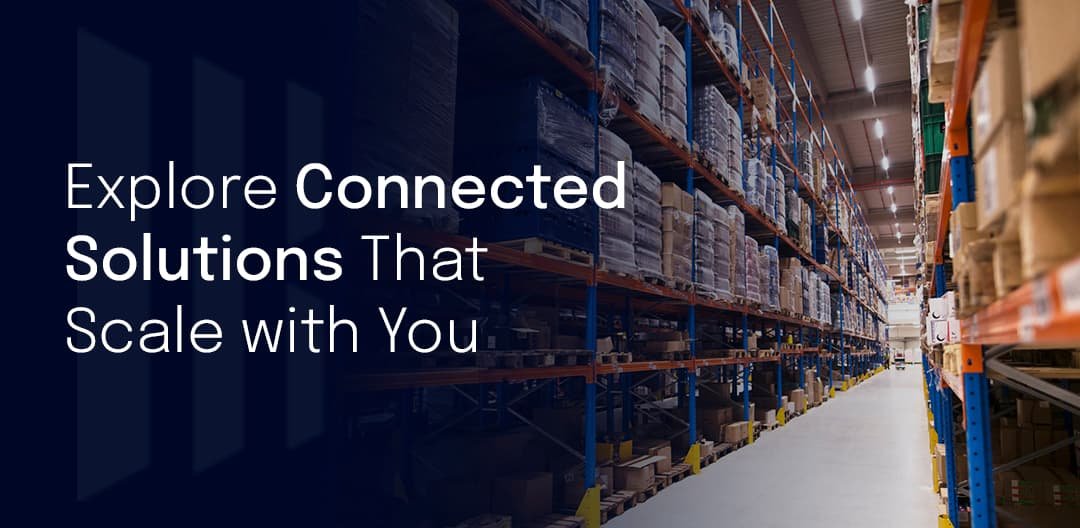
The Difference Between Coated and Uncoated Paper for Labels – and How to Decide
Stay up to date, subscribe to our newsletter!
SubscribeThe best RFID readers combine accuracy, range, and reliability to streamline tracking and data collection across industries. Discover the different types, how they work, and how to choose the ideal RFID reader for your business in this complete guide.
In today’s fast-paced business environment, managing assets and inventory efficiently is more critical than ever. RFID readers offer a robust solution, enabling real-time tracking and precise data collection across industries. From retail to logistics, these devices help companies streamline operations, reduce errors, and improve overall productivity. Understanding the different types and applications of RFID readers is key for effective implementation.
Despite their advantages, many businesses struggle to choose the right RFID reader for their specific needs. Factors such as reading range, environment, tag type, and cost can complicate the decision-making process. Selecting an incompatible device may lead to suboptimal performance, wasted investment, and operational inefficiencies. It’s crucial to consider both technology and business objectives before purchasing.
The solution lies in informed decision-making supported by expert guidance. By learning how RFID readers function, exploring their types, and examining real-world applications, organizations can select the right technology for maximum ROI. Continue reading to discover more.

RFID readers are devices designed to capture data from RFID tags and transmit it to software systems for processing. They serve as the bridge between physical items and digital data, providing businesses with real-time information on location, movement, and status. Proper selection of RFID readers ensures accurate tracking and operational efficiency.
These devices come in various forms and capabilities, from handheld units for spot-checking inventory to fixed readers embedded in warehouses or retail environments. RFID readers communicate with tags using radio frequency signals, allowing for non-contact, rapid data collection, which is a significant improvement over traditional barcode systems.
The primary role of RFID readers is to enhance visibility and control across business processes. They help reduce human error, speed up inventory audits, and provide actionable insights for decision-making. When paired with high-quality RFID tags, these readers deliver reliable performance and long-term value for organizations.
Want to know more about RFID technology? Check out our blog:
What are RFID Tags? Understanding Their Function and Uses
Privacy Concerns? What You Need to Know About RFID tag and Security
RFID readers vary widely in form factor, reading range, and intended application. Selecting the right type depends on operational needs, environmental conditions, and tag compatibility. This section introduces the main categories of RFID readers and their typical uses.
Fixed RFID readers are stationary devices installed at key points such as entrances, exits, or production lines. They continuously detect tagged items passing through their range, making them ideal for automated inventory management, supply chain tracking, and access control.
These readers offer long-range capabilities and can capture multiple tags simultaneously. When paired with appropriate antennas, they perform efficiently in environments like warehouses, retail stores, and manufacturing facilities. By automating data collection, fixed readers reduce manual scanning and improve workflow efficiency.
Handheld RFID readers offer portability and flexibility, allowing users to scan items in different locations. They are particularly useful for inventory checks, asset tracking, and maintenance activities where fixed readers are not practical. Lightweight and ergonomic, these devices deliver mobility without compromising accuracy.
They often feature integrated displays and wireless connectivity, transmitting data directly to management systems in real time. Handheld readers are compatible with various tag types, making them suitable for sectors such as retail, healthcare, and logistics.
Mobile RFID readers are integrated into vehicles, carts, or forklifts to capture tag data while in motion. They are ideal for large warehouses and distribution centers where scanning in transit is essential. These systems combine the range of fixed readers with the mobility required in dynamic operations.
By automating tracking during movement, mobile readers ensure continuous visibility of goods throughout facilities. Integration with warehouse or inventory management systems supports synchronized data flow and efficient decision-making.
Reliable RFID Tag Integration:
Choosing the right RFID reader is only part of building an effective identification and tracking system. High-quality tags ensure consistent performance across all reader types and environments.
Beontag’s RFID tags and inlays are designed for broad compatibility, delivering reliable reads and seamless integration with fixed, handheld, and mobile systems worldwide.
See some of Beontag’s case studies using RFID technology:
Enhancing AV Equipment Management with RFID: Beontag & AED Group Collaboration
Fully integrated RFID environment is a reality at Oxford and a model for the market
RFID Asset Tracking Improves Rail Safety for Dutch Company Voestalpine
RFID readers operate by emitting radio waves to communicate with RFID tags attached to objects. Tags respond with unique data stored in their memory, which the reader captures and sends to connected software for processing. This interaction eliminates the need for line-of-sight scanning and enables rapid, bulk data collection.
The process involves three main components:
RFID readers vary in frequency, affecting the speed of reading distance and data transfer. High-frequency (HF) and ultra-high-frequency (UHF) readers are common, with UHF supporting longer ranges and faster reads. Selecting the correct frequency and reader type ensures optimal performance for specific business scenarios.
See more details about: RFID Tag Types (UHF, HF, LF): Which One to Choose for Your Application.
RFID readers have a wide range of applications across industries, helping improve operational efficiency, data accuracy, and asset visibility.
Retailers use RFID readers to track inventory in real time, minimizing stockouts and overstock situations. Automated shelf audits streamline replenishment and enhance the customer experience. Many retail chains have reported faster inventory cycles and reduced shrinkage through integrated RFID systems.
Hospitals rely on RFID readers to monitor critical equipment, medications, and patient movements. These systems improve equipment utilization, reduce losses, and enhance patient safety. By providing instant location data, RFID readers support more efficient and reliable hospital operations.
In logistics, RFID readers track shipments, pallets, and containers throughout the entire journey. They provide end-to-end visibility, ensuring timely deliveries and accurate reporting. Mobile and fixed readers enable real-time tracking even in complex distribution networks.
In manufacturing, RFID readers help monitor raw materials, work-in-progress items, and finished goods on the production line. The technology supports lean manufacturing, quality control, and full traceability. Automated data capture reduces human error and provides managers with valuable insights to optimize performance.
See all Beontag’s applications for RFID technology.
RFID readers provide a wide range of advantages that significantly improve operational performance. Below are the key benefits of implementing RFID technology in business processes.
RFID readers minimize human errors that often occur with manual data entry. By automating tracking and monitoring, companies can maintain accurate inventory levels and reliable records — even in high-volume or fast-paced environments.
Automated scanning and real-time data collection accelerate workflows and streamline operations such as inventory audits, shipment tracking, and access control. This increased efficiency allows teams to focus on higher-value tasks and reduces common operational delays.
RFID systems offer full visibility over assets and inventory, empowering managers to make faster, data-driven decisions. Items can be tracked from production to final delivery, helping identify bottlenecks and improve overall process transparency.
By reducing errors, labor demands, and inefficiencies, RFID readers help lower operational costs. Organizations often see measurable savings through optimized inventory management and better control of supply chain activities.
RFID solutions are easily scalable, supporting business growth across multiple sites or larger asset volumes. Modular system architectures allow companies to expand capabilities without replacing existing hardware, ensuring long-term flexibility and investment value.
Selecting the ideal RFID reader requires evaluating operational requirements, environment, tag compatibility, and budget. Factors such as reading range, mobility, frequency, and data integration capabilities are key to performance. Beontag supports businesses in identifying the best reader options to complement their RFID label solutions.
Companies should also consider the type of items being tracked, tag density, and environmental challenges like metal or liquids. Using the wrong reader setup can affect performance and increase costs. Beontag’s RFID labels and systems are tested to perform reliably across different reader configurations.
Partnering with a trusted provider like Beontag ensures seamless integration and reliable system performance. Our team assists in design, deployment, and optimization to guarantee that each solution delivers consistent results. Investing in the right RFID ecosystem lays the foundation for efficient, data-driven operations.
Ready to optimize your supply chain with advanced RFID technology? Beontag offers high-quality RFID tags, inlays, and smart label solutions that integrate smoothly with a variety of reader systems. Visit our catalog and contact us for tailored guidance
